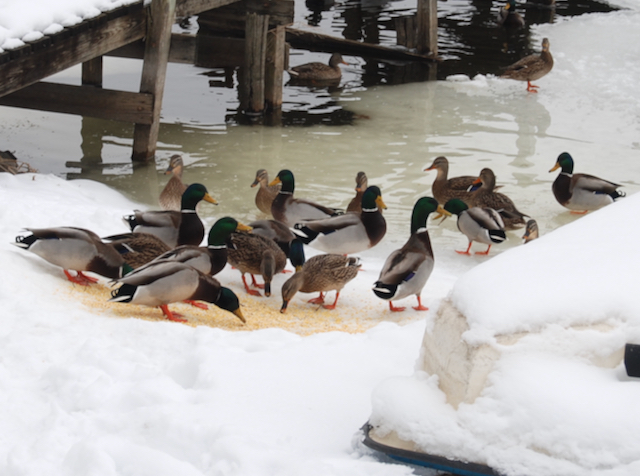Commentary by Anita Martin
If we ignore it, it will go, (not so much); a rather dangerous offshoot from the theme: “If you build it, he will come,” (“Field of Dreams,” 1989).
Bird flu is back full-swing in the U.S. as wild birds have begun migrating south, and now is the time for us to avail ourselves of information. The CDC recently released and posted its updated technical report, pointing out that while the overall human infection risk from H5N1 avian virus to the general public is low, people with job-related exposure to diseased animals or recreation exposure to potentially infected birds should take the necessary precautions as outlined by the CDC. (Source: https://www.cdc.gov/flu/avianflu/spotlights/2022-2023/h5n1-technical-report_september.htm).
Earlier this month, two people in Cambodia have died as the result from H5N1 bird flu, a 50-year-old and a 2-year-old. This makes three individuals who have perished in Cambodia since February 1 due to avian influenza.
Since Oct. 4, 2023, H5N1 avian influenza has hit commercial poultry operations in four states, with a total of 546,100 birds impacted in less than three weeks. Of the U.S. communities thus far infected, Meeker County, Minn., is closest to us, less than 365 miles from Jefferson County. The two affected Minnesota facilities will lose a total of 187,000 turkeys due to the H5N1 virus, for which there are now 13 known variants.
In addition, seven states — Texas, Minnesota, Iowa, North Dakota, Idaho, Montana, and Colorado — have each reported wild bird H5N1 disease detections between Oct. 10 and Oct. 16 alone. Species include swan; America green-winged, blue-winged, and cinnamon teal; American widgeon; mallard; redhead duck; ring-necked duck; gadwall and northern shoveler.
Migratory maps indicate most of the aforementioned bird species travel through or nest in our state and our county. Proximity-wise, in Cass County, Minn., roughly 370 miles from Jefferson County, H5N1 disease was recently detected in mallard, blue-winged teal, and ring-necked ducks.
Hunting season is now open for ducks in Wisconsin. Is the word getting out about the current state of Avian Influenza and important steps to reduce risks? It’s rather unclear at this point.
To learn more, or share the information with folks you know, such as hunters, farmworkers, backyard bird owners, and others, visit the links below:
https://dnr.wisconsin.gov/newsroom/release/63096
https://www.bighorncountynews.com/news/bird-hunters-should-be-aware-of-highly-pathogenic-avian-influenza-in-wild-birds/article_cd63fbc8-6d16-11ee-a8f0-1ff5d5126acb.html (Guidelines for hunters, Montana publication)
https://www.aphis.usda.gov/aphis/ourfocus/animalhealth/animal-disease-information/avian/avian-influenza/hpai-2022/2022-hpai-wild-birds
https://www.aphis.usda.gov/aphis/ourfocus/animalhealth/animal-disease-information/avian/avian-influenza/hpai-2022/2022-hpai-commercial-backyard-flocks
https://www.aphis.usda.gov/aphis/ourfocus/animalhealth/animal-disease-information/avian/defend-the-flock-program
https://www.aphis.usda.gov/publications/animal_health/fsc-birds-checklist-spanish.pdf
Anita Martin is a longtime freelance journalist whose work has appeared in such publications as the Waterloo/Marshall Courier, The Madison Times, Agri-View, Dane County Lifestyles (formerly 50 Plus Lifestyles newsmagazine), Verona Press and Wisconsin Woman magazine, covering such topics as health and wellness, and women’s and multicultural issues. More recently, she has developed interest in such topics as environmental issues, avian influenza and other zoonotic diseases, and public health.

